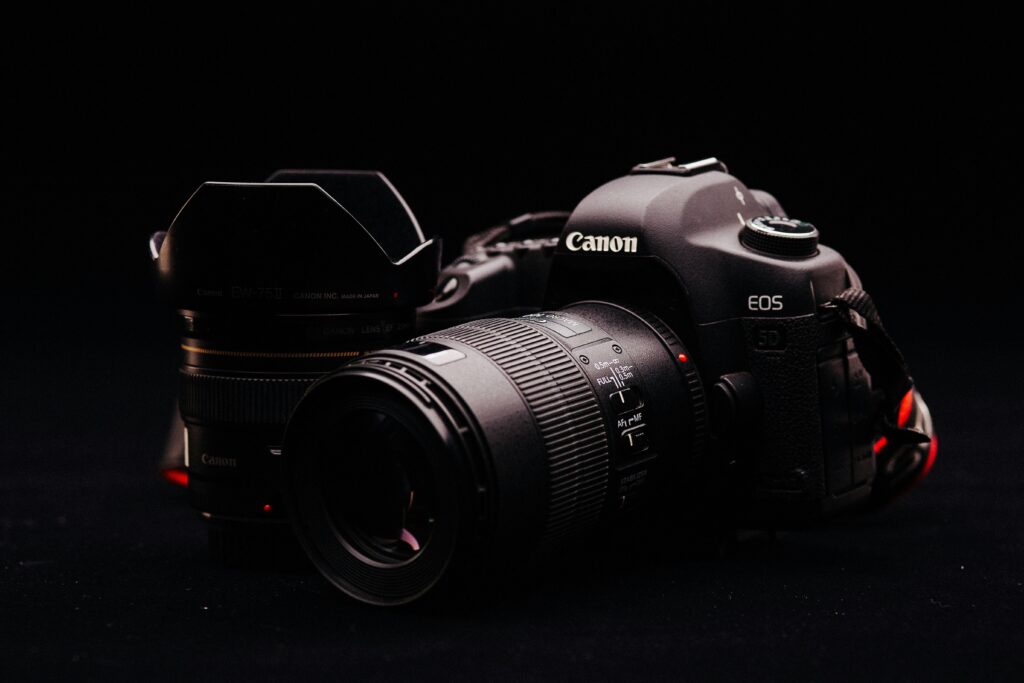
Discover these game-changing hidden Canon camera settings that will make shooting easier, faster, and unlock new creative possibilities.
As a photographer or videographer, you’re likely familiar with the basic functions of your Canon camera. But did you know there are several hidden Canon camera settings that can significantly enhance your shooting experience? In this post, we’ll explore six crucial settings that Anthony Guigliotta discovered during his studio renovation, which he shares in his informative YouTube video.
1. Enable Time-Lapse Mode
Time-lapse is a fantastic feature that allows you to capture the progression of events over time, compressing hours into seconds. However, you might have noticed that this option is sometimes grayed out or disabled on your Canon camera.
Anthony explains that time-lapse mode can become disabled if:
- You have log video enabled
- Your camera has dual card slots and you’re recording to both
By adjusting these settings, you’ll gain access to time-lapse functionality, allowing you to set intervals, number of shots, and automatically output a time-lapse video without post-processing.
2. Shutter Button Function for Videos
If you’re a videographer or hybrid shooter who frequently switches between photo and video modes, this setting will be a game-changer. Typically, to start and stop video recording, you need to press the small red button on top of your camera.
However, by enabling the “Shutter Button Function for Movies” setting, you can use the main shutter button to start and stop video recording. This is especially useful when:
- Your hands are dirty (like when Anthony was painting his studio)
- You’re in a position where reaching the red button is awkward
- You’re transitioning between photo and video frequently
3. Sensor Cleaning Settings
During Anthony’s studio renovation, dust and debris were everywhere – not ideal for camera equipment. While weather-sealed L Series lenses provide some protection, sensor dust can still be an issue.
To properly clean your sensor, Anthony recommends using the “Shutter at Shutdown” setting, which you can find in the yellow fourth menu. This setting locks the shutter in the up position, allowing you to access and clean the sensor with the appropriate tools.
4. Copyright Information
Anthony’s friend Will shared this valuable tip: Canon cameras allow you to embed your name and custom copyright message directly into the metadata of each photo you take.
To set this up:
- Navigate to the sixth menu on Canon R5 and R5 Mark II cameras
- Enter your name and copyright information
- This information will automatically be included in every photo’s metadata
While this won’t completely prevent photo theft, it’s a helpful way to maintain ownership information without having to add it manually later.
5. Release Shutter Without Lens
This setting is crucial for photographers who use vintage lenses, cinema lenses, or anamorphic lenses that don’t have digital contacts to communicate with the camera.
Without changing this setting, your camera might not release the shutter or record video because it doesn’t recognize that a lens is attached. To enable this:
- Go to the orange menu on your Canon R5
- Find the “Release Shutter Without Lens” setting and enable it
This opens up creative possibilities with specialized cinema lenses like Anthony’s 33mm T1.8 anamorphic lens or any vintage lenses you might find.
6. Retract Lens on Power Off (The Most Important One!)
Anthony saved the most important setting for last – one that every Canon user should change immediately. The “Retract Lens on Power Off” setting, despite its confusing name, actually controls whether your camera maintains manual focus position when powered off.
By default, this setting is ON, which means:
- If you manually focus your lens
- Turn off your camera
- Turn it back on
- Your focus position will reset
This can be problematic for:
- Wedding videographers with pre-focused cameras
- Astrophotographers who carefully focus on stars
- Any situation where maintaining precise focus is critical
Anthony strongly recommends turning this setting OFF, which will allow your camera to maintain focus position even after powering down. This feature was actually used throughout his entire video, allowing him to set up shots before painting or doing electrical work without having to refocus each time.
Conclusion
These hidden Canon camera settings aren’t necessarily difficult to find if you spend time exploring your camera’s menu system, but knowing their purpose and utility can significantly improve your shooting experience. Just like the features Anthony added to his studio, these settings are there to discover and utilize to enhance your photography and videography.
Check out Anthony’s full video for more details and visual demonstrations of these settings in action.